However, due to its water repellent properties, it acts more as a shield than as a sponge. The felt collects and then repels water, allowing the roof to breathe. Waterproof felts often provide temporary protection from water while incorporating shingles, roof covers or shingles. Although it is beneficial, since roofing felts are not designed to be a permanent barrier to water.
However, you don't want to leave it exposed to the elements for more than a few days or it could get damaged. The good news is that roofing felt can get wet. Behmer Roofing & Sheet Metal explains that this is an essential part of roofing felt design in the first place. This felt is designed to add another layer of waterproofing to your roof to protect your home from damage caused by rain, snow and moisture.
Fortunately, roofing felt can get wet and still maintain its integrity. However, because it is designed to repel water and not absorb it, it can break down if it stays damp for too long, so you need to have time to dry. Too much sunlight can also cause the roofing felt to break, so it is not very suitable for very humid or very dry climates. Roofing felt, also known as tar paper or underlayment, is used to protect your roof from perception.
Getting wet is not a problem in small doses. However, prolonged exposure, longer than three days, can compromise the roofing felt and cause it to crumple or break. This property helps you provide additional protection against water, which is one of the reasons why it is an important part of a roofing system. However, roofing felt does not offer the reduced moisture permeability characteristics of the synthetic base layer.
Although the felt ensures that water drains from the roof, it can still get wet. However, even after being wet, the felt maintains its integrity, but only if it is not exposed to other elements for a few days. For example, exposure to sunlight and more rain will cause it to break down. Roofing felt is a supporting material that is required to develop a stable and sustainable roof in a building.
Used as a way to waterproof coatings in commercial buildings or even just in residential places, these membranes comprise two to three layers of protection, confirming that it is waterproof. To better explain, the asphalt element that is subjected to petroleum distillation makes the roofing felt waterproof. This means that it provides temporary protection from water while incorporating roof shingles and roofing. As a protective layer between deck and shingles, roofing felt is excellent for structural integrity and protects against leakage and rot.
As a result, it may take 2-3 days to lay the shingles all over the roof, so if it rains over the next few days, but if you have exposed the roof, you will have compromised the integrity of your felt. Tar paper, also known as roofing felt, is a volatile moisture barrier, as well as the additional protective layer between plywood and shingles. Wet roofing felt can also tear while the shingles are being installed, making the felt underneath useless. Perhaps, even when wet, roofing felt maintains its integrity until it is exposed to other elements for more than a week or so.
The guarantee of the weatherproof and water resistant finish is also what makes the shed feel attractive to buyers. Since the felt flaunts that it helps to keep the roof free of moisture, you need to ask yourself what happens after it gets wet. For homeowners who don't choose to hire a professional to install roofing felt on their roofs, self-adhesive felt may be perfect for you. Certainly the cream of the crop, the water protection Ice & will keep your roof safe from water, whether it is frozen or not, however, you will have to pay for that protection.
The best protection measure for an ice dam is the protective membrane against water or ice, but roofing felt is much more efficient and functions as the additional layer for leaks. On the other hand, re-roofing takes at most two days, which means that the contractor will receive payment before they have time to inspect the roof for any protrusions. Roofing felt is designed to repel water, but it is necessary to install it correctly following the guidelines. .
.
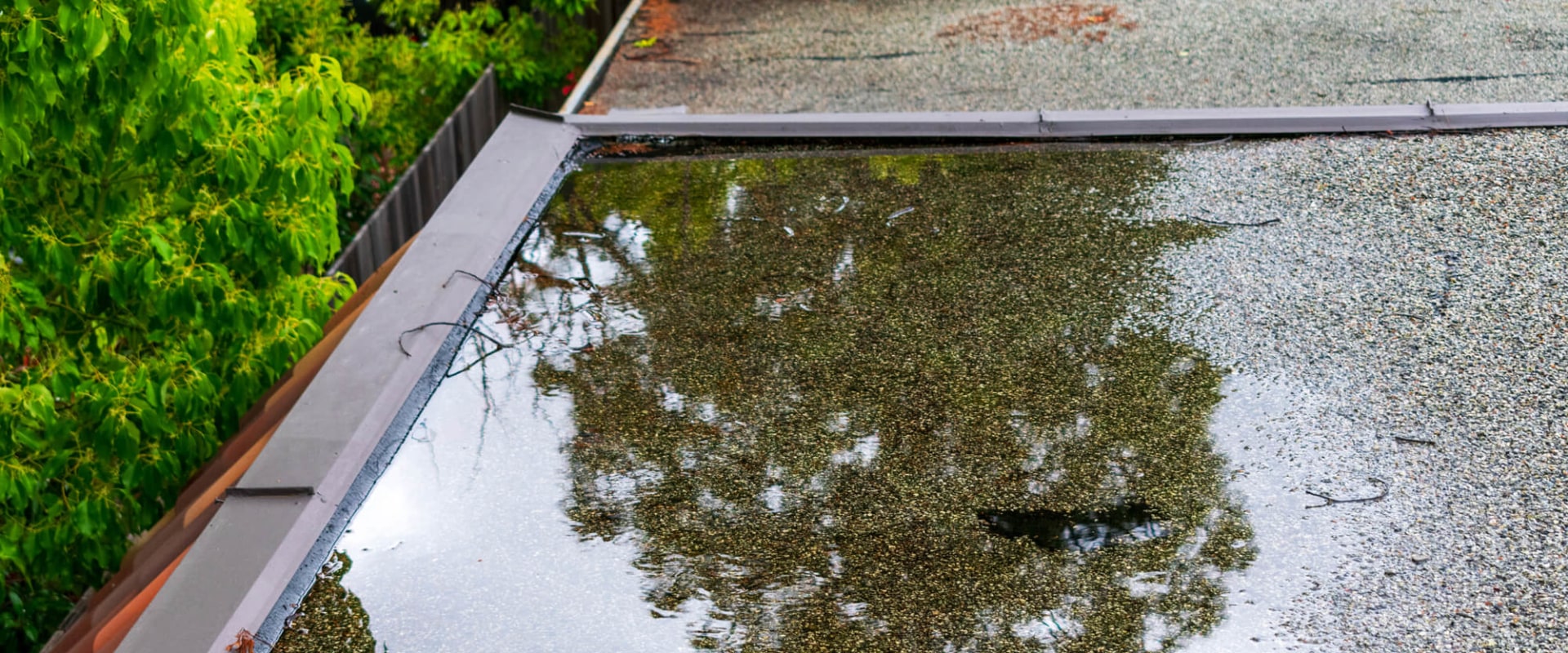
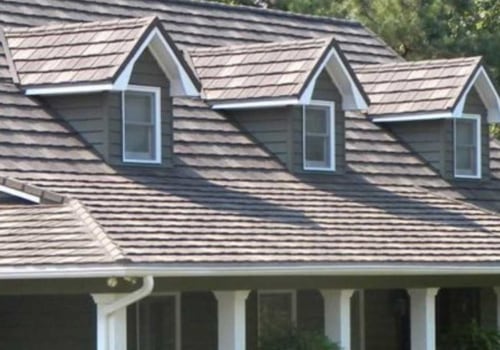
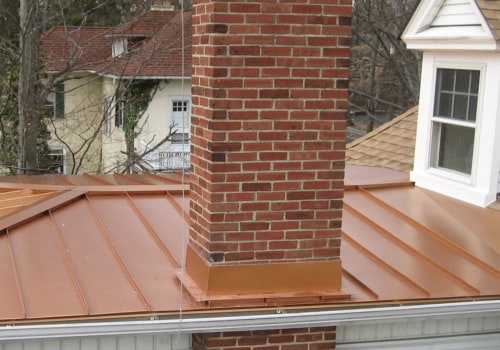
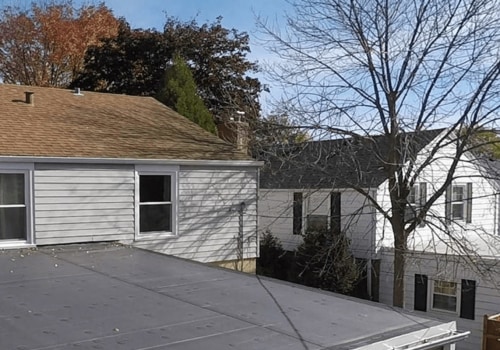


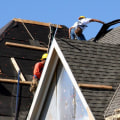

Leave Reply